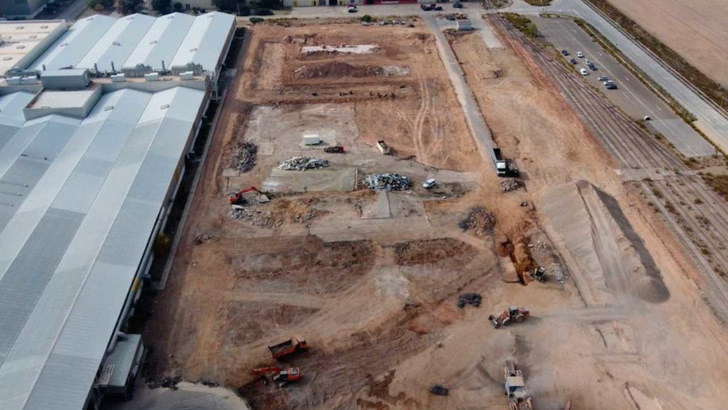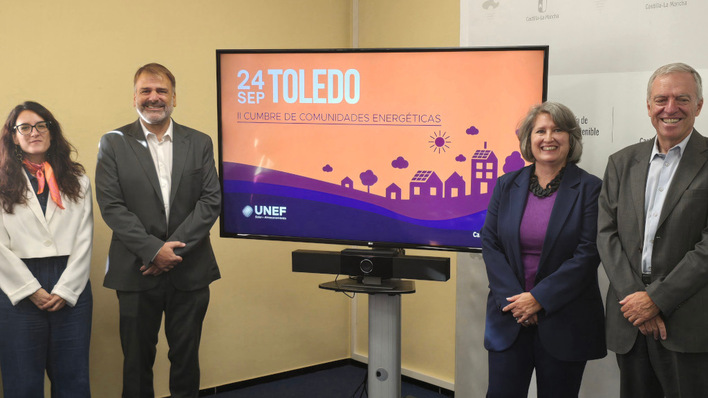Production is due to begin by the end of 2026. Once fully operational, the gigafactory will have a capacity of up to 50 GWh, sufficient to power about one million electric vehicles a year. The total investment of €4.1 billion is expected to generate more than 4,000 direct and several thousand indirect jobs, reinforcing Europe’s battery supply chain and the local industrial base.
Key highlights
• Carbon neutrality: The plant is designed to operate as a carbon‑neutral lithium battery facility.
• Technology advancement: It will use advanced technologies such as cell‑to‑body design, integrating battery cells directly into vehicle structures to enhance efficiency and safety.
• Sustainable manufacturing: More than 80 percent of its energy will come from renewable sources, with Industry 4.0 standards applied to enable intelligent and sustainable production.
EU commits to 56 GWh of new battery production capacity
According to the company, the Zaragoza gigafactory represents CATL’s next step in its European strategy, moving from initial exports to Europe to localised production within the region for European markets, and now towards becoming fully integrated into Europe through deeper industrial cooperation. The shift builds on the partnership formed in 2016 between Stellantis and CATL, which has developed from a supplier relationship into a joint industrial venture aligned with both companies’ long‑term plans for Europe’s electrification.
More than €11 billion investments across Europe
CATL is investing more than €11 billion in manufacturing and innovation facilities across Germany, Hungary and Spain, covering the full battery value chain. The company aims to help establish a closed‑loop system encompassing materials production, cell manufacturing, remanufacturing and recycling. It is also working with local partners and recyclers, and backing education initiatives to build the skilled workforce required for Europe’s energy transition, the company said.
Germany – Thuringia plant and testing centre expansion
CATL’s Arnstadt site in Thuringia began producing battery cells in 2022 – the company’s first facility outside China. These cells now supply several high‑performance European vehicle models. A major testing centre already certified by Volkswagen for both cell and module testing is currently doubling its capacity. The German operations represent an €1.8 billion investment and employ more than 1,700 staff, supported by localisation programmes and vocational training that build long‑term skill capacity for the chemical and Industry 4.0 sectors.
CATL and Ellen MacArthur Foundation join forces for battery circularity
Hungary – scaled production and continued hiring
Hungary serves as CATL’s high‑capacity European production hub, showing steady progress:
– 800 employees hired to date, expected to exceed 2,000 by end‑2025
– around 4,100 staff projected at full production in 2026
– a second facility now advancing on schedule, with construction and recruitment under way (hcn)









